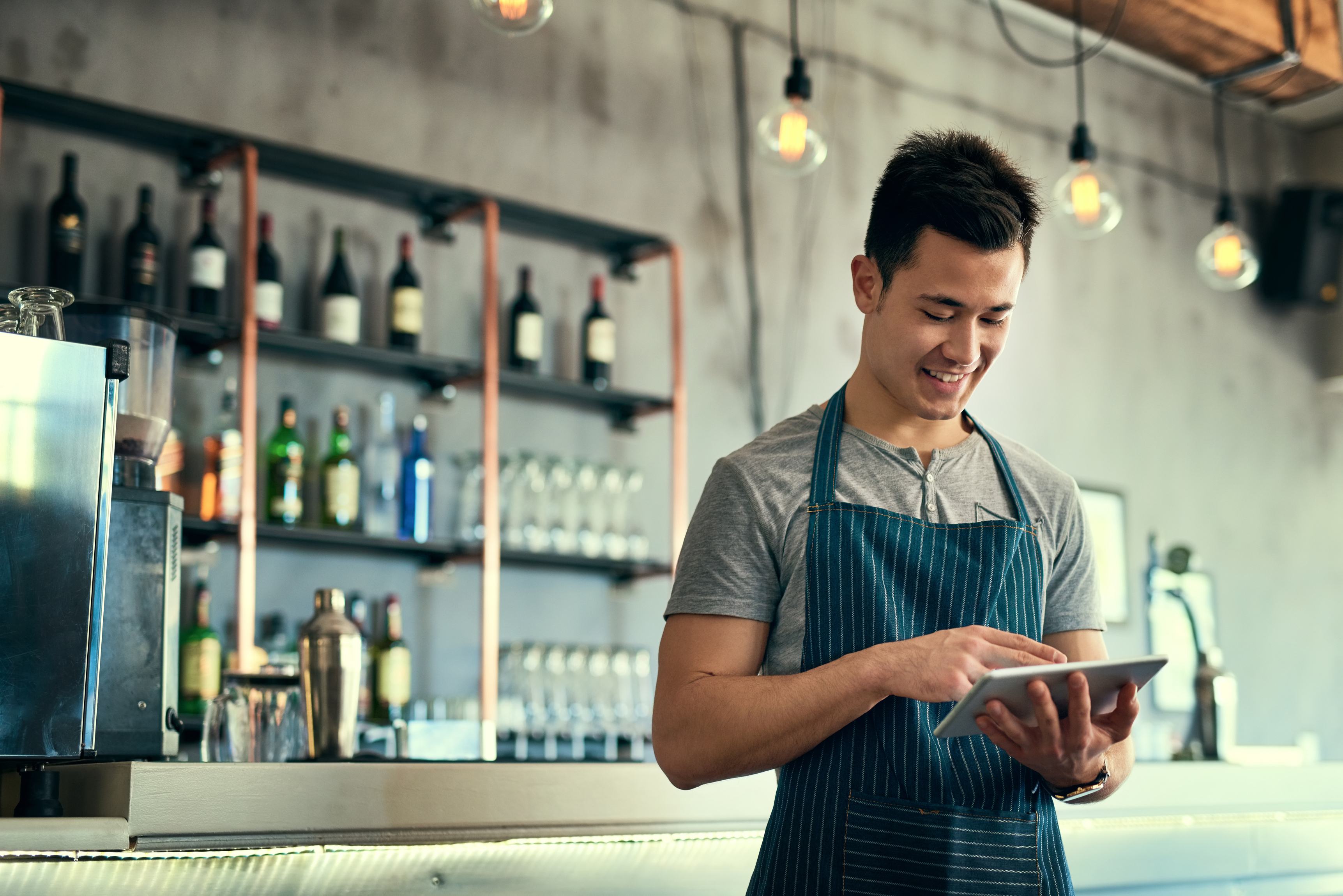What is POS Experience & Why Does It Matter for Restaurants?
POS experience is the interaction between staff, customers, and during the ordering, payment, and service processes. Let’s dive deeper into the scope of POS experience, how to choose one, and the essential features every restaurant should demand.

Contents
- Scope of POS Experience | Customer
- Scope of POS Experience | Restaurant
- Choosing the Right POS System | Hardware
- Choosing the Right POS System | Structure
- Key POS Features Every Restaurant Owner Should Demand
- 1. Online Ordering & Delivery Services
- 2. Table Management & Reservations
- 3. Menu Management
- 4. Kitchen Display Systems (KDS)
- 5. Customer Relationship Management (CRM)
- Why Choose Eats365
POS experience is the interaction between staff, customers, and the point-of-sale system during the ordering, payment, and service processes. A seamless POS system experience enhances hospitality, improves customer service, and streamlines restaurant operations.
For restaurant owners, investing in the right point-of-sale system experience is not just about technology—it’s about creating a positive and memorable journey for both customers and staff. Let’s dive deeper into the scope of POS experience, how to choose the right system, and the essential features every restaurant should demand.
Scope of POS Experience | Customer
The POS experience for customer directly impacts how customers perceive your restaurant. From the moment they place an order to the final payment, every touchpoint matters. A fast, intuitive, and friendly POS interaction ensures customers feel valued, reducing wait times and minimizing errors. Features like QR code ordering systems or self-service kiosks can further elevate the experience by giving customers control over their orders.
Scope of POS Experience | Restaurant
For restaurants, the POS experience is all about efficiency and accuracy. A robust POS system simplifies complex workflows, from managing orders, updating menu, tracking sales for each stores and exploring insights from data. It ensures orders are transmitted accurately to the kitchen, reducing errors and improving service speed. This not only boosts productivity but also enhances the overall operational performance.
Choosing the Right POS System | Hardware
When selecting POS hardware, consider your restaurant’s needs and workflow. Traditional legacy POS terminals are reliable but lack flexibility. On the other hand, modern iPad POS systems offer mobility, sleek design, and ease of use. Mobile POS (mPOS) devices are perfect for tableside ordering, while self-service kiosks cater to tech-savvy customers. The right hardware can significantly enhance the POS system experience for both staff and customers.
Choosing the Right POS System | Structure
The debate between cloud-based POS and legacy systems is clear: cloud POS takes the lead. Unlike legacy systems, which require onsite servers and manual updates, cloud POS offers real-time data access, remote management, and seamless scalability. This ensures your restaurant stays agile and responsive to changing needs, making it the ideal choice for modern businesses.
Read more: 10 Major Advantages of a Cloud-based POS System for Restaurants (eats365pos.com)
Key POS Features Every Restaurant Owner Should Demand
1. Online Ordering & Delivery Services
In today’s digital age, an online ordering system is a must-have. It allows customers to place orders directly from your website or app, reducing wait times and increasing convenience. Integrating delivery services expands your reach and boosts revenue.
Read more: Top Tips for a Winning Restaurant Online Ordering System (eats365pos.com)
2. Table Management & Reservations
Efficient table management ensures smooth operations during peak hours. A POS system with built-in reservation features allows staff to manage bookings, track table availability, and optimize seating arrangements. This enhances the POS experience by minimizing wait times and improving customer satisfaction.
3. Menu Management
Managing menus across multiple locations can be challenging. A POS system with real-time menu updates and multi-location management ensures consistency across all outlets. Eats365’s solution, for example, allows you to customize menus, update pricing, and track inventory effortlessly.
4. Kitchen Display Systems (KDS)
A kitchen display system streamlines order processing by replacing paper tickets with digital displays. It improves communication between the front and back of the house, reduces errors, and speeds up service.
Read more: How to Organize a Commercial Kitchen in 2025 - A Growth Guide for Restaurant Owners (eats365pos.com)
5. Customer Relationship Management (CRM)
Building customer loyalty is key to long-term success. A POS system with CRM features helps you track customer preferences, send personalized promotions, and gather feedback. Eats365’s guest retention tools, for instance, enable you to create targeted marketing campaigns and enhance the point of sale experience.
Read more: What is CRM? Why is CRM Important to Restaurant & F&B Businesses? (eats365pos.com)
Why Choose Eats365?
Eats365’s restaurant POS is designed to elevate your POS experience from every angle. Whether it’s streamlining operations with a kitchen display system, enhancing customer service with QR code ordering, or boosting revenue with online ordering, Eats365 has you covered. Our cloud-based solutions ensure real-time updates, scalability, and seamless integration with your existing workflows.
Ready to transform your restaurant? Experience the Eats365 difference today!
Contact our F&B experts for a free trial and discover how our innovative POS solutions can take your business to the next level.